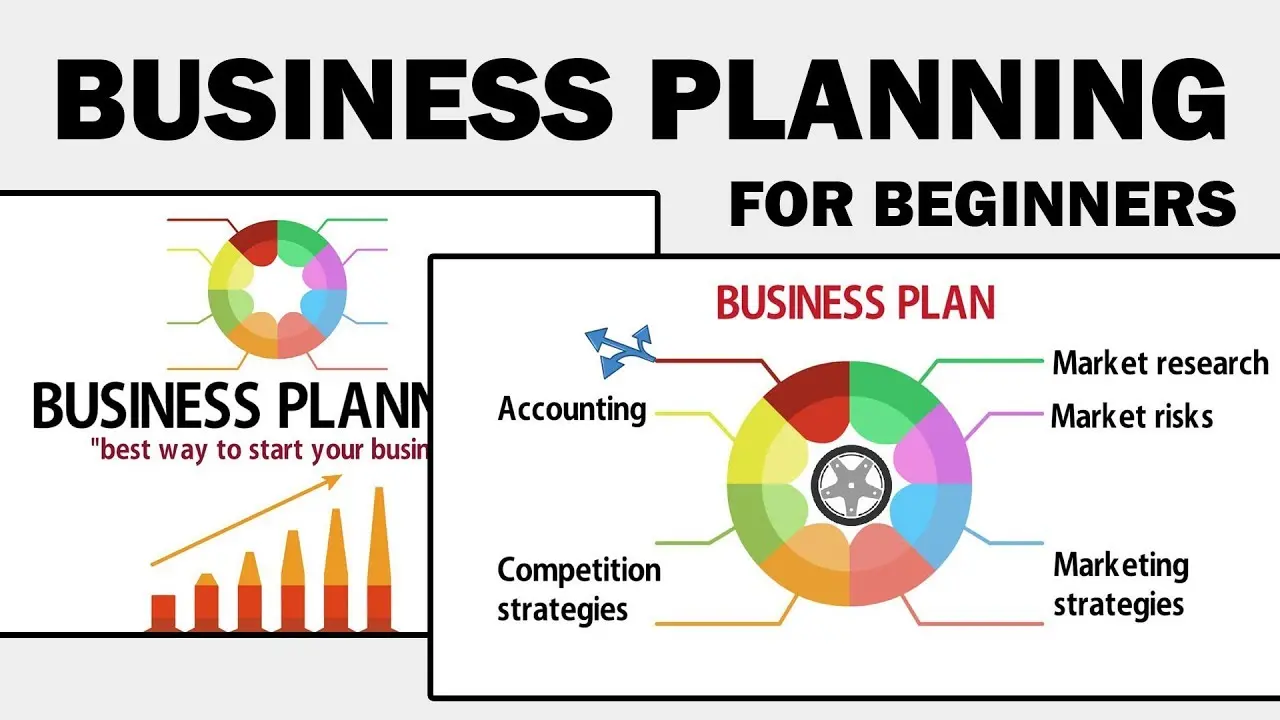Effective Ways to Collect and Use Customer Opinions – Learn How

Introduction
In today’s competitive marketplace, the customer’s voice is more than just feedback—it’s a pivotal force in shaping products, services, and the overall customer experience. Collecting customer opinions isn’t just about gathering data; it’s about understanding deep insights that can propel a business forward. This blog explores various effective strategies that companies can employ to collect and utilize customer opinions, ensuring they remain at the forefront of customer-centric innovation.
Table of Contents
Understanding the Importance of Customer Opinions
Why Collect Customer Opinions?
Collecting customer opinions offers a plethora of benefits that can significantly impact a business’s growth and sustainability:
- Improved Product Development: Direct insights from users can lead to better product features and innovations.
- Enhanced Customer Satisfaction: By addressing customer concerns and needs, companies can enhance satisfaction and loyalty.
- Strategic Decision Making: Customer feedback can guide strategic decisions, helping align them with actual customer desires and expectations.
Comprehensive Methods to Collect Customer Opinions
Surveys and Questionnaires
- Designing Effective Surveys: Keep surveys concise and focused. Utilize a mix of open-ended and closed questions to gather comprehensive data.
- Timing and Distribution: Deploy surveys post-interaction or during significant touchpoints to get real-time, relevant feedback.
Digital Feedback Channels
- Social Media and Forums: Leverage social platforms where customers are already discussing their experiences and opinions.
- Feedback Widgets: Implement on-site widgets to capture feedback directly from your website, providing convenience and immediacy.
Direct Interaction
- Customer Interviews: Conduct in-depth discussions either in person or via digital platforms to capture nuanced insights.
- Focus Groups: Gather groups of customers to discuss and probe their views on specific products or services, gaining detailed feedback.
Innovative Technology
- Mobile Feedback Apps: Use in-app prompts and mobile surveys to collect opinions while the customer interacts with your service.
- Analytical Tools: Employ tools like sentiment analysis to interpret the vast amount of unstructured feedback obtained through various channels.

What is customer feedback, and why is it important?
Customer feedback is the invaluable information that customers provide about their experiences, perceptions, and expectations of your products or services.
It’s the voice of your consumer echoing their satisfaction and suggestions. In essence, it’s the bridge connecting your business aspirations with the reality of customer experience.
Here are some of the benefits of getting actionable feedback from customers:
- Insight into customer experience: Customer feedback offers a window into the customer journey, highlighting touchpoints that delighted or disappointed. Understanding these experiences is pivotal for refining your products or services.
- Identifying pain points: By actively seeking feedback, you can pinpoint areas where your customers face challenges or dissatisfaction. This insight is a compass guiding you toward necessary improvements and innovation.
- Building customer loyalty: When customers feel heard and see changes based on their feedback, it fosters a sense of loyalty. Establishing this connection can turn one-time buyers into long-term advocates for your brand.
- Enhancing product development: Customer insights serve as a roadmap for product enhancement. Knowing what features resonate or where improvements are needed ensures that your offerings align with market demands.
Best Practices for Utilizing Customer Opinions

Analyzing and Acting on Feedback:
- Data Analysis: Employ analytical tools to sift through large datasets and uncover actionable insights.
- Close the Loop: Follow up with customers about how their feedback has been implemented, which enhances trust and loyalty.
Integrating Feedback into Business Strategy:
- Continuous Improvement: Use customer feedback to refine products and services continuously.
- Cultural Integration: Foster a company culture that values and uses customer feedback in everyday business operations.
Strategic Development and Planning
Aligning Feedback with Business Goals: Ensure that customer opinions help define strategic objectives. Integrating feedback into the business planning process can help align product development and marketing strategies with actual customer desires.
Innovation Trigger: Use customer feedback as a catalyst for innovation within your company. Often, customer suggestions can lead to new product ideas or improvements that differentiate your brand in the marketplace.
Enhancing Communication Channels
Multi-channel Collection: Expand the methods by which feedback is collected to include newer digital channels like mobile apps, social media, and chatbots, alongside traditional methods like surveys and customer interviews. This broadens the reach and can increase engagement across different customer segments.
Transparent Communication: Maintain transparency with customers about how feedback is being used. Regular updates about changes or improvements made in response to feedback can reinforce the value placed on customer input.
Training and Empowerment
Employee Training: Regularly train employees on the importance of customer feedback and how to handle it effectively. This includes training on empathetic communication, problem-solving, and ways to encourage customers to share their opinions.
Empowerment to Act: Empower employees at all levels to act on customer feedback without waiting for higher approval when appropriate. This can speed up response times and make the feedback loop more effective.
Legal and Ethical Considerations
Privacy and Security: Ensure that the methods used for collecting and storing customer feedback comply with all relevant privacy laws and regulations, such as GDPR. Protecting customer data builds trust and enhances your company’s reputation.
Ethical Use of Feedback:
- Use customer feedback ethically.
- Avoid manipulating data to support biased views or business decisions.
- Always respect the confidentiality and integrity of the feedback provided.
By incorporating these best practices, businesses can maximize the value derived from collecting customer opinions, leading to improved products, services, and customer relationships. This strategic approach not only drives customer satisfaction and loyalty but also positions the company as responsive and forward-thinking in a competitive market.
FAQs About Collecting Customer Opinions
Q1: How often should we collect customer opinions?
A1: Regular collection at different stages of the customer journey is ideal to understand changing preferences and continuously improve customer satisfaction. This means integrating feedback mechanisms after critical interactions such as purchases, customer service encounters, or product updates.
Q2: What are the challenges in collecting customer opinions?
A2: Common challenges include low response rates, biased feedback, and the complexity of analyzing qualitative data. Addressing these can enhance the quality of the insights gathered. Strategies to mitigate these issues include:
- Simplifying survey processes.
- Ensuring anonymity to reduce bias.
- Employing advanced analytics to handle data complexity.
Q3: How can small businesses effectively collect customer opinions?
A3: Small businesses can leverage cost-effective tools like social media, simple surveys, and direct customer interactions to gather valuable feedback without significant investment. Engaging customers through these accessible platforms can provide immediate insights and foster a sense of community and responsiveness.
Q4: Are there any specific tools recommended for collecting customer opinions online?
A4: Yes, numerous tools are available for online feedback collection, including SurveyMonkey for surveys, Google Forms for cost-effective data collection, and HubSpot for integrating feedback into customer relationship management. Additionally, social listening tools like Hootsuite and Mention can track customer opinions across social media platforms.
Q5: How should businesses handle negative feedback?
A5: Businesses should approach negative feedback as an opportunity for improvement. Acknowledging the feedback promptly, investigating the issues raised, and communicating any steps taken to resolve the problem are essential actions. It’s also crucial to follow up with the customer to ensure they are satisfied with the response and to restore their confidence in your brand.
Q6: Can customer opinions influence product development?
A6: Absolutely, customer opinions are invaluable for product development. They can identify gaps in the current offerings and suggest new features or products that meet emerging needs. Integrating customer feedback into the product development process can lead to more innovative solutions and ensure that new products are well-received upon launch.
By addressing these frequently asked questions, businesses can better understand the value of customer opinions and refine their strategies for collecting and utilizing this critical feedback.
Conclusion
Effectively collecting and utilizing customer opinions is crucial for businesses aiming to stay competitive and responsive to market needs. By implementing a structured approach to gathering and analyzing customer feedback, companies can ensure they make informed decisions that contribute to enhanced product offerings, superior customer service, and overall business growth. Engaging with customer opinions is not just a necessity—it’s a strategic asset that drives innovation and customer loyalty.
By strategically gathering and acting on customer opinions, businesses can create a more customer-centric approach that not only meets but exceeds customer expectations, fostering both loyalty and growth.






